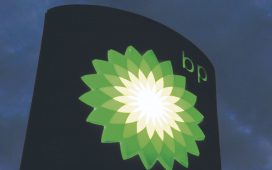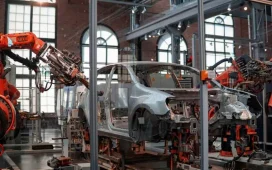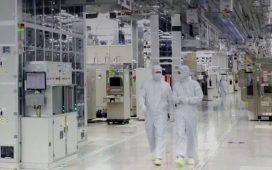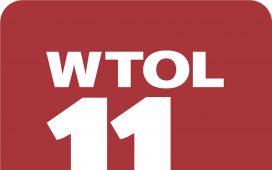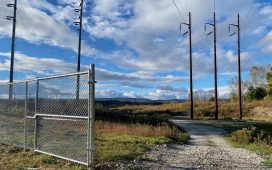Houston, we fixed it. When an oxygen tank exploded during the Apollo 13 mission, the crew resorted to plastic covers from manuals and duct tape to return home. Now, the International Space Station has 3D printers capable of printing metal structures and even bio tissue.[1] These technologies, as well as space debris collection and avoidance systems,[2] 3D printed rockets,[3] and controlled landing of reusable spacecraft[4] demonstrate just a few modern advancements making space travel more accessible.
These advancements are not isolated to a few key players either, as start-ups are critical to the continued advancement of space travel. In the race to space, some space-tech start-ups neglect IP protection. However, a robust patent portfolio protects shareholder value, can improve negotiating positions to secure funding, and can offer distinct revenue streams.
Who Is Filing?
The patent system is for everyone—not only large corporations. For example, when MadeInSpace developed the first 3D printer for use on the ISS, it obtained numerous patents before ultimately being acquired by RedWire Aerospace.[5] For example, the MadeInSpace patents disclose how robotic arms fitted with grippers to secure and move parts, and supply a heat sink, can produce large objects, such as a satellite dish, in space.
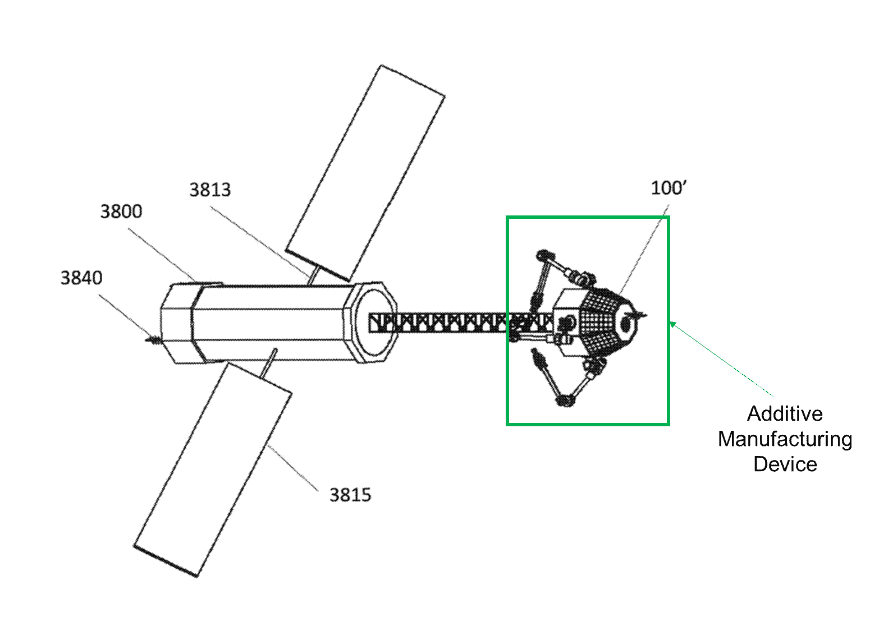
U.S. Patent 10,899,477 (“In-space manufacturing and assembly of spacecraft device and techniques”), FIG. 37
As another example, LeoLabs has secured several government contracts to develop space debris avoidance and traffic management systems.[6] It is no surprise that LeoLabs also patented its technology and variants.[7] For example, in a patent for an orbital collision warning system, LeoLabs discloses that its methods reduce the computations required to screen orbital objects by precomputing and storing relevant tracks into a catalog that facilitates collision warnings.[8]
What Is Being Patented?
A search of patent applications classified as, or related to, “COSMONAUTICS; VEHICLES OR EQUIPMENT THEREFOR” reveals more than 15,000 applications filed since 2020. The applications cover a wide range of technology including reusable rocket boosters, spacecraft control systems, refueling in space, electric propulsion, space suits, and tools specially designed for micro gravity.
Advancements in artificial intelligence are also shaping new space-tech products and ventures. Indeed, artificial intelligence is helping detect satellite maneuvers for space situational awareness, and identify exoplanets.[9] Many space-tech companies are also patenting AI-based inventions.[10] For example, Slingshot Aerospace patented a method including adaptive neural network selection that improves processing remote sensing data from low orbit satellites.[11] Slingshot discloses how neural networks allow processing large quantities of satellite data to, for example, update imagery of the Earth’s surface to improve recovery efforts during a natural disaster.
Additionally, some space-tech start-ups are patenting technology that is beneficial in space and on Earth. For example, Paragon Space Development Corp. patented a self-contained breathing apparatus that can be useful for astronauts, firefighters, and rescue workers.[12] The apparatus includes a chamber to remove carbon dioxide from exhaled air, and then removes excess heat and moisture to produce a healthier air supply.
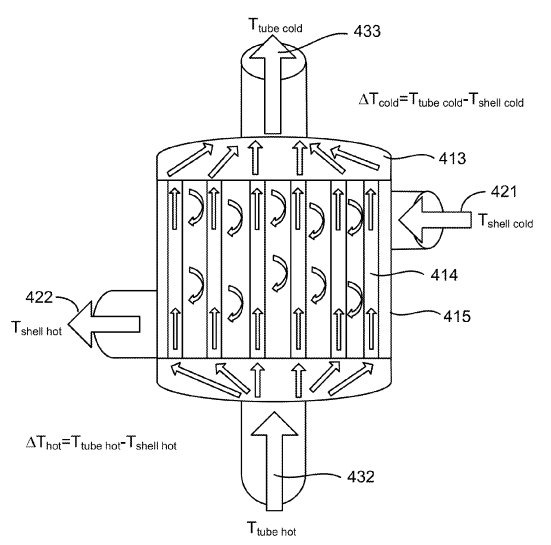
U.S. Patent 10,493,404 (“Heat and humidity removal unit for a self-contained breathing apparatus”), FIG. 4b
Additionally, design patents protect how a product looks, which can be valuable when a product has a distinct aesthetic feature, rather than, or in addition to, distinct functionality. For example, SpaceX obtained several design patents covering antennas and networking devices.[13]
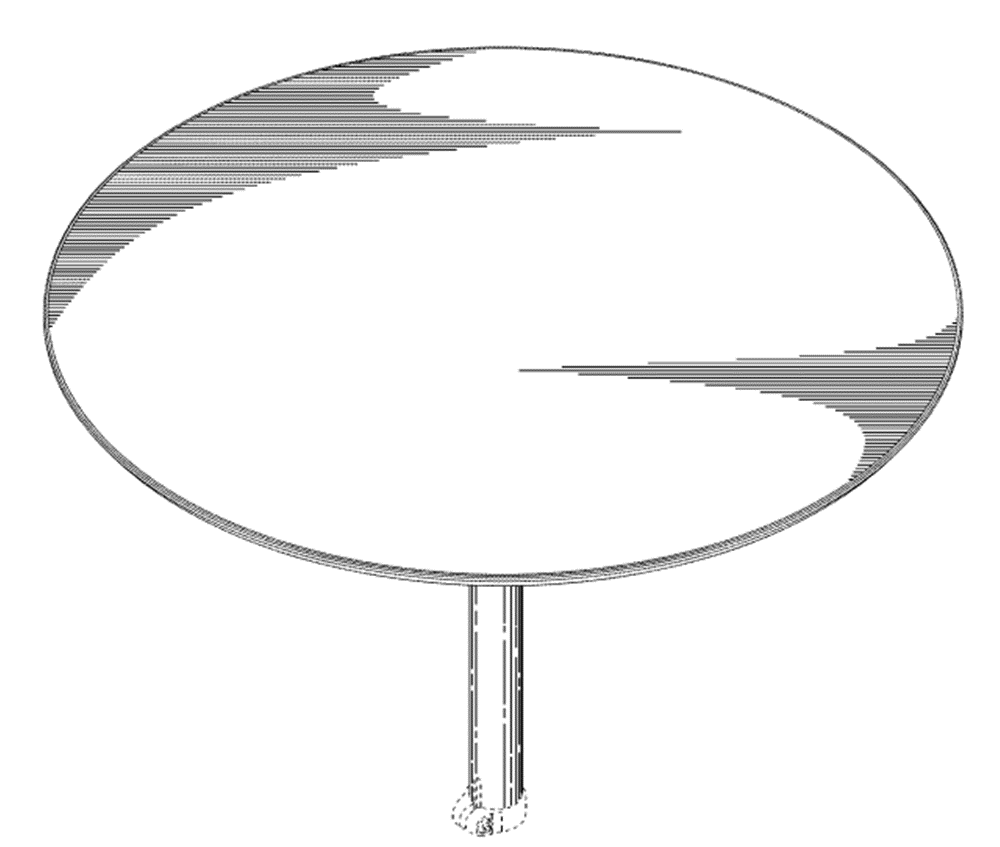
U.S. Patent D976,242 (“Antenna apparatus”), FIG. 3
When and How to Start
The sooner, the better. The United States, and many other countries, use a first-to-file system, where applicants that file before others have priority for patent rights. Additionally, although there are exceptions, filing before public demonstrations or offers for sale can be crucial to securing patent protection.
A U.S. provisional application is often the first entry into the patent system for a start-up. That application will disclose the invention and secure a place in line while giving the start-up one year to decide if it wants to file a full (non-provisional) application. The patent office does not publish provisional applications, and intentionally keeps provisional application filing fees low.
Then What?
Filing a full (non-provisional) application is often the simplest next step. However, filing strategies vary depending on, for example, whether companies plan to use or sell their technology in foreign countries, competitor patent portfolios, and whether they expect to enforce their patents.
What About Trade Secrets?
Trade secrets can offer an alternative form of protection and are widely used in the space-tech industry to protect valuable assets. Trade secrets can include technical information, similar to patents, but can also include information like customer lists and market strategies. Generally, trade secrets can be any information that provides an economic advantage and is kept secret—a key difference to patents.
The key to maintaining a trade secret is actually keeping it secret, which can be difficult in a space-tech industry subject to frequent employee turnover.[14] A robust and actively implemented trade secret program and policy can help protect valuable information from walking out the door.
Key Takeaways
- Patent protection can increase valuations and improve exit opportunities for space-tech start-ups
- Patented space-tech innovations cover a wide range of technology, including software and AI-based inventions
- A tailored balance of strategic patent portfolio development and trade secret management can provide competitive advantages
[1] https://www.nasa.gov/missions/station/solving-the-challenges-of-long-duration-space-flight-with-3d-printing/
[2] https://www.nasa.gov/get-involved/nasa-seeks-solutions-to-detect-track-clean-up-small-space-debris/
[3] https://www.nasa.gov/centers-and-facilities/glenn/3d-printed-rocket-launched-using-innovative-nasa-alloy/
[4] https://www.space.com/spacex-starship-flight-5-launch-super-heavy-booster-catch-success-video
[5] E.g., US Patent 10,052,820; U.S. Patent 10,725,451; U.S. Patent 10,953,571
[6] https://leolabs.space/article/leolabs-midyear-update-record-bookings-2024/
[7] E.g., U.S. Patent 10,921,427; US Patent 12,085,642; US Patent 11,378,685
[8] U.S. Patent 12,085,642
[9] https://aviationweek.com/aerospace/emerging-technologies/state-ai-aerospace-industry
[10] E.g., U.S. Patent 11,232,330; U.S. Patent 12,190,744; U.S. Patent 12,151,833
[11] U.S. Patent 11,232,330
[12] U.S. Patent 10,493,404
[13] E.g., U.S. Patent D996,403; U.S. Patent D976,242; U.S. Patent D948,491


